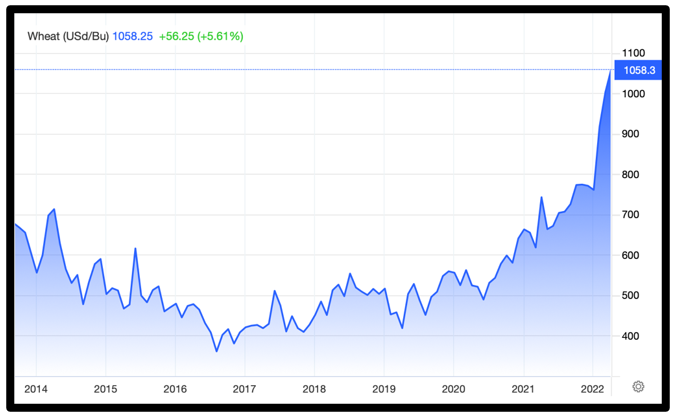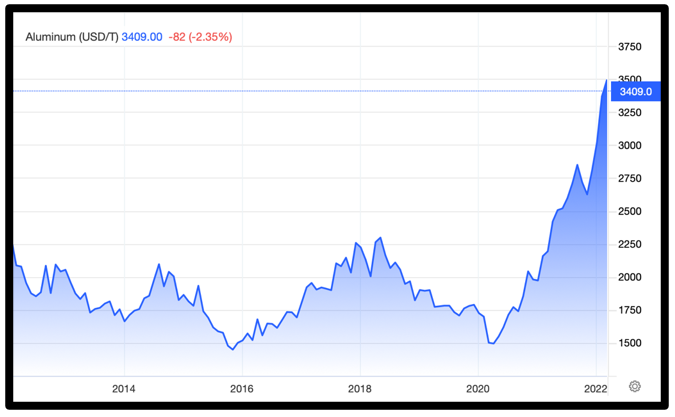In the spirit of Easter, we're looking back at some of our past issues to help readers get a fresh start on potentially bolstering their nest eggs.
Each link in this article goes to a column I wrote that points investors in the direction of a potential way to profit from the current 40-year high in inflation.
So, where to start? At the beginning, of course.
Easter began as a celebration of the spring equinox. A rebirth. And like Christmas — with its festive trees and yule logs — the holiday has deep pagan roots.
In fact, the word Easter comes from the English word Eostre, the name of the Anglo-Saxon goddess of spring and fertility.
Those bunnies and eggs? Before Christianity swept Europe, they were pagan symbols of fertility.
But rather than eating chocolate rabbits — or even real ones with cotton tails — Europe's pagans lived in agrarian societies and largely had agrarian-based diets. They were farmers, which isn't very popular these days … but investing in farmland should be.
As a result of those agrarian backgrounds, pagans ate a lot of grains. And two of the most popular grains in the world are corn and wheat.
With the ongoing Russia-Ukraine war, prices for everything from grains to fertilizer to the foodstuffs that end up on your grocer's shelves have skyrocketed.
Just look at the recent price of wheat:
Year over year, wheat is up 65.68%. And while you might not eat like an Anglo-Saxon, those increases in the cost of wheat will show up in everything from pizza to cereal and sliced bread.
I discussed why this is happening earlier this month, and how it could result in food scarcity and prices going even higher.
But back to Easter's sweet treats, what do you think the wrappers for foiled chocolate eggs are made from? Rolled aluminum.
And like other metals performing well during high inflation, the demand for and price of aluminum is surging!
Have a look:
The price of the lightweight metal is up 50.21% in the past year,and according to analysts, the increasing demand for electric vehicles (EVs) is the primary driver behind the surge in aluminum prices.
But what if foil-wrapped sweets aren't your thing?
Fortunately, there are few holiday traditions more common than sitting down to a glazed Easter ham. According to culinary historians, eating ham at Easter dates back at least to the sixth century in Germany.
But with the surging price of corn and other grains — which are used as fodder for livestock — costs are trickling down to consumers and inflating the price of meats.
One way to hedge against that is an exchange-traded fund (ETF) that tracks a diverse basket of agricultural futures, including livestock. I wrote about it in my late-February article, "Bring Home the Bacon."
Bottom line? I don't expect inflation to subside any time soon. You shouldn't either.
But if you have one takeaway from this issue, it shouldn't be worrying about high food prices and whether Sunday's ham will be your Last Supper.
It should be that there are numerous ways to profit while inflation tries to erode your nest egg.
As always, remember to do your own due diligence before entering any trade.
Happy Easter!
All the best,
Sean




